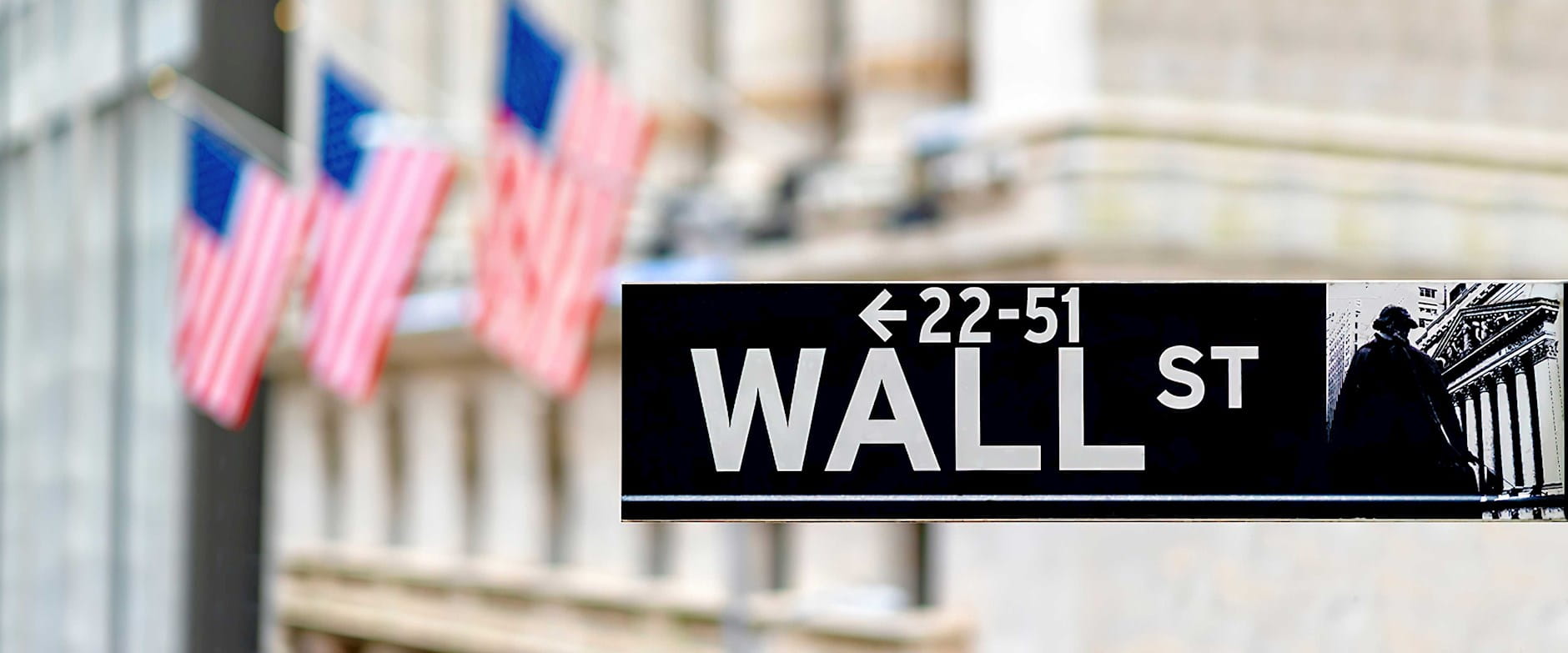The stock market reaction to the coronavirus pandemic has been really remarkable, and in some respects, unprecedented.
The remarkable aspect was how much the stock market fell over the first few weeks from late February, by 30 percent or so in the US. The unprecedented part is the extent of stock market volatility.
If you go back to 1900 and you look at stock market volatility, measured at daily-return level, you only find two or three other episodes that are as large or larger than what we experienced from late February to late March, and that was late ’29 or early ’30s, around the Great Depression, and then the very sharp, short-lived volatility spike around the 1987 stock market crash.
Maybe a simpler measure is just to look at how many big jumps up and down we had. We had more such jumps at a daily frequency in March than any other month in history, back to 1900. Here, I’m defining a large jump as one in which the stock market goes up or down by at least 2.5 percent in a single day.
I’ll add one more thing that makes these last few weeks really unprecedented: we went back and looked at next-day newspaper accounts of every big daily stock market move back to 1900. And we found, before February 2020, zero instances in which a pandemic or a policy response to a pandemic triggered a large daily stock market jump.
In contrast, since February 24 of this year, we’ve had about 16-18 jumps that next-day newspaper accounts attribute to either the economic fallout of the pandemic itself or the policy responses to the pandemic. We’ve had nothing like that previously.
What role has the media played in driving these stock market gyrations? It’s hard to answer with complete confidence. I don’t think, however, that’s the primary reason that this episode is so unique. I base that on a comparison, again, to the Spanish flu episode. Now, it’s entirely plausible that back in 1918, 1919, and 1920, information filtered out rather more slowly than it does today. And so you might have expected the stock market reaction to be more spread out over time. That was certainly the case. But even when you look over periods of a few months or more, back in the Spanish flu episode, you see a much milder stock market response to the downside than we’ve seen in the last six weeks in the United States.
That makes me think that the primary reason for the big stock market drop, and probably the extent to which newspaper accounts attribute it to the pandemic and responses to the pandemic, is not so much the role of the media, but really two other things. One is the more interconnected nature of the modern economy, and in various ways: the ubiquity of long-distance travel, the role of face-to-face personal and business services in everyday life, global supply chains, just-in-time inventory systems that are highly vulnerable to supply-chain disruptions.
That’s on the one side, and then the other side is really the tremendous policy response. The social distancing, the containment, the curtailment on travel restrictions, these are outside the bound of previous experience, even during the Spanish flu.
So I think those two things together, the nature of the policy response and the interconnected nature of the modern economy, are probably the main reason that we’ve seen such violent stock market reactions to this pandemic.
